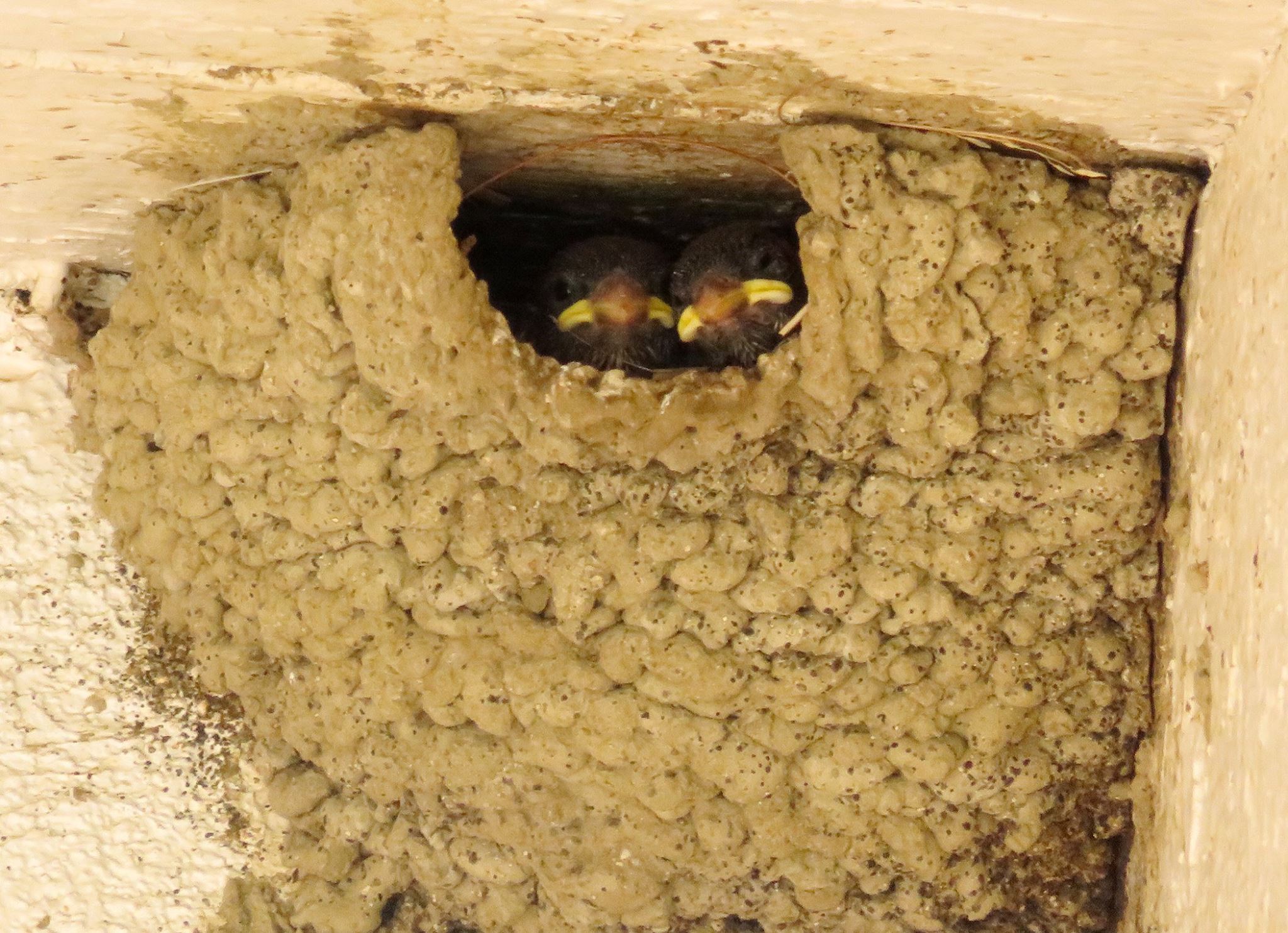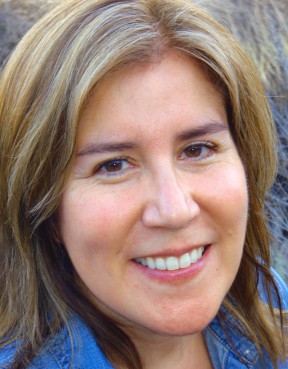“In all things of nature, there is something of the marvelous.”
– Aristotle
 How are fish and butterflies similar? Superficially, this seems like a silly question. Fish are vertebrates. They have an internal skeleton and a “backbone” and live in water, whereas butterflies are arthropods – animals with an external skeleton and jointed legs – and butterflies will drown if placed in water.
How are fish and butterflies similar? Superficially, this seems like a silly question. Fish are vertebrates. They have an internal skeleton and a “backbone” and live in water, whereas butterflies are arthropods – animals with an external skeleton and jointed legs – and butterflies will drown if placed in water.
But both animals are poikilothermic, which is a fancy word meaning they are cold-blooded. They cannot generate their own body heat. They rely on the environment to warm them up.
Most importantly for this discussion, fish and butterflies have scales – and this article will focus on butterfly scales.
The scientific name for the order of insects that include butterflies is Lepidoptera. “Ptera” means wing, and “lipid” means scales.
There are actually three subgroups or suborders within Lepidoptera: butterflies, moths and skippers. For the purpose of this article, I will simply refer to all of them as butterflies except when there is a reason to call out specific features.

Fig. 2: Closeup of the monarch butterfly showing the body and the base of the wings. There appear to be hairs on the body, and one can see fine scales on the wings.
I suspect many a reader collected butterflies as a child or at least caught one or two, or your children or grandchildren have done this: When one holds the butterfly by the wings and then releases it, there is often a fine powder on your fingers, usually of the same color as the wings. These are the scales that have been inadvertently removed from the wing and are deposited on the fingers. This doesn’t harm nor hurt the insect, and it doesn’t impair its ability to fly.
The scales give the butterfly its color. The scales also serve to retain body heat – but more about that later.
The scales have been classified by their shape. They can be hair-like or long and thin and are called piliform. They serve a purpose similar to hair. These are usually found on the body and can be seen on butterflies if one looks very closely as in Fig. 2 or as shown in Fig. 3, which is a ceanothus silk moth.

Fig. 3: Ceanothus silk moth. The body appears to be covered in fur, and these longer hairs serve a similar purpose to fur: They help the moth retain body heat.
Moths are often described as appearing hairy, particularly on their body. This is caused by elongated, hair-like scales.
The scales that give the coloring to the wings are usually flat or blade-like and are called lamellar. These can be pigmented (colored) or clear. Some of the clear scales are bent and may act like a prism.
The scales on the wings often have at least two layers: the undersurface or lower lamina is usually flat, while the upper lamina often has distinct structures that contribute the color of the wings.

Fig. 1: Monarch butterfly.
Melanin is a pigment that even people have. Small spots of melanin result in freckles, while tanning involves an influx of melanin into the skin following exposure to ultraviolet light in individuals who are light-skinned. Others, over the millennia of constant exposure to lots of sunlight before the days of sunscreen and progressive evolution, have developed permanent deposits of melanin in the skin to minimize damage from the sun, and they have dark-colored skin throughout the year.
This same pigment can be found in butterflies (and other animals) and contributes the browns and black – and sometimes the orange – to the scales and hence the coloring of the wing as shown in Fig. 1, a monarch butterfly.

Fig. 5: The Gulf fritillary. The silver spots on the undersurface of the wings are clear, with a space between the two lamina reflecting the light in similar fashion to an air bubble in water, making it appear silvery.
The silvery appearance (Fig. 5) is caused by clear scales that reflect the light similarly to an air bubble in a glass of water.

Figure 6: There is a family of “blues” in the United States – small butterflies where the upper surface of the wings is blue, but some have eye spots on the hind wing with flecks of iridescent blue. This is a Ceranus blue, and while it can be found in Southern California, this one was photographed in Florida.
The blues (Figs. 6 and 7), greens, reds and iridescent colors are not caused by a pigment but by the structure of the upper lamina which act like prisms that refract as well as reflect specific wavelengths of the light. This is called “coherent scattering,” and if one examines these scales under a microscope, they would be clear.
If one were to direct light onto these scales from above, they might show one color while if the light came from below, they would appear to be a different color. A 6-minute video demonstrating this can be found [here].

Fig. 4: The California ringlet is camouflaged in various brown hues, enabling it to hide in our tall grasses.
What is the purpose of the coloring?
Coloring serves a number of purposes, the most important of which is protection. The coloring (see Fig. 4, California ringlet) provides excellent camouflage. The butterfly will abruptly land in tall dry grasses or dead leaves and blend in perfectly.

Fig. 8: Helena morpho with wings closed hide its iridescent blue surface. These butterflies usually fly in tropical forests, and the light color is similar to sunlight filtering through the leaves. The eye spots also mimic the eyes of larger animals and will frighten potential predators.
Another purpose of coloring is to distract the predator so the butterfly cannot be followed, particularly when the butterfly abruptly settles down. This is common with the iridescent colored butterflies because the undersurface of the wings is usually brown or other bland colors helping it to hide (Fig. 8). What happened to the blue?

Fig. 9: Western pygmy blue
Many butterflies also have markings that look like eyes. In the case of the large eye-spots, these may frighten a potential predator to abort its attack. The smaller eyespots, commonly along the edge of the wing as in Fig. 6, are a site to attack with the predator believing the eye represents the head. In this case, a bite may be taken out of the wing – which will not hurt the butterfly and instead allow it to escape (Fig. 9).
Another purpose of coloring is as a warning. Butterflies with bright colors such as the orange of the monarch act as warning flags to potential predators, saying they are distasteful or poisonous, so “don’t eat me.”
Of course, animals such as lizards, toads and frogs don’t have parents that teach them what to eat and what to avoid, so they usually have to learn for themselves. Once they do, however, they avoid other butterflies that look like the one that had a bitter taste or made them sick. As such, some butterflies that might be perfectly good to eat have coloring similar to a butterfly that is bad to eat, to avoid being eaten for lunch. This is called mimicry.

Fig. 7: The Helena morpho’s large patches of blue make it popular in butterfly parks.
What is the purpose of the piliform scales on the body?
These long scales act like fur and help to trap air pockets against the body. When the body warms up, the piliform scales help retain the heat.
Note that with most butterflies, the body is black. In the early morning, they will open their wings, allowing the body to warm up. Once warm, the butterflies will commonly close their wings to shade the body. Meanwhile, the long hairs acting like fur help to retain the heat in the body.
This is particularly important in moths that fly at night when there is no sun to warm them up – the moon is a poor substitute – and the ambient temperature falls. The moth’s large body reduces the relative surface area from which to radiate heat, while the longer piliform scales help retain the body heat, allowing the moth to fly and be active at night.

Fig. 10: The hummingbird or bumble bee hawk moth is a small daytime flyer with relatively clear wings except for the edges. This moth was nectaring (feeding) on black mustard in Placerita Canyon.
Are scales essential for a butterfly to fly?
There are butterflies and moths that have few or scales and are capable of flight (Figs. 10 and 11). Also, virtually all other insects that have wings do not have any scales on their wings (Fig. 12).
There is a common misconception that if one handles a butterfly and the scales come off, leaving bare spots on the wings, the butterfly will not be able to fly. This is incorrect. It might impact the butterfly’s ability to hide or scare its potential predators, but it will be able to fly just fine.

Fig. 11: Clearwing butterfly photographed in Ecuador. Except for the edges, the remainder of the wings are clear.
Summary
Scales are the defining feature of the group of insects known as Lepidoptera, which includes butterflies, skippers and moths. They serve to provide protective coloration including camouflage, serving to distract or even frighten a predator, and serve as a warning that it is either poisonous or taste bad to a potential predator.
The longer or piliform scales found primarily on the body and legs help to retain heat, particularly in moths that are primarily active at night when the sun isn’t available to re-warm the insect. Thus, it must retain its body heat, since it cannot directly generate its own heat as mammals are able to do. Scales, however, are not essential to the butterfly’s ability to fly.
All photographs are by the writer. Except for Figs. 7, 8 and 11, all were photographed in the Santa Clarita Valley, and most in the Placerita Canyon Natural Area.
Paul A. Levine is a docent-naturalist at Placerita Canyon Nature Center and an avid butterflier.

Fig. 12: Variegate meadowhawk, a species of dragonfly photographed in Placerita Canyon. The wings are clear, and while there is some pigment along the veins, the wings have no scales, and dragonflies are extremely powerful and fast fliers.
Like this:
Like Loading...
Related







 Tweet This
Tweet This Facebook
Facebook Digg This
Digg This Bookmark
Bookmark Stumble
Stumble RSS
RSS



















































REAL NAMES ONLY: All posters must use their real individual or business name. This applies equally to Twitter account holders who use a nickname.
3 Comments
Thank you for the interesting article and wonderful pictures.
Fabulous article, Paul! Very informative and interesting.
I raise Monarch butterflies from eggs. In testing them as butterflies, I have to use tape to collect the sample from the abdomen area.
I notice at least 4-6 different shapes of scales.
Do you know how many shapes there possibly are on butterflies?
And do they all have different names?
Thank you, I enjoyed your post.
Nancee